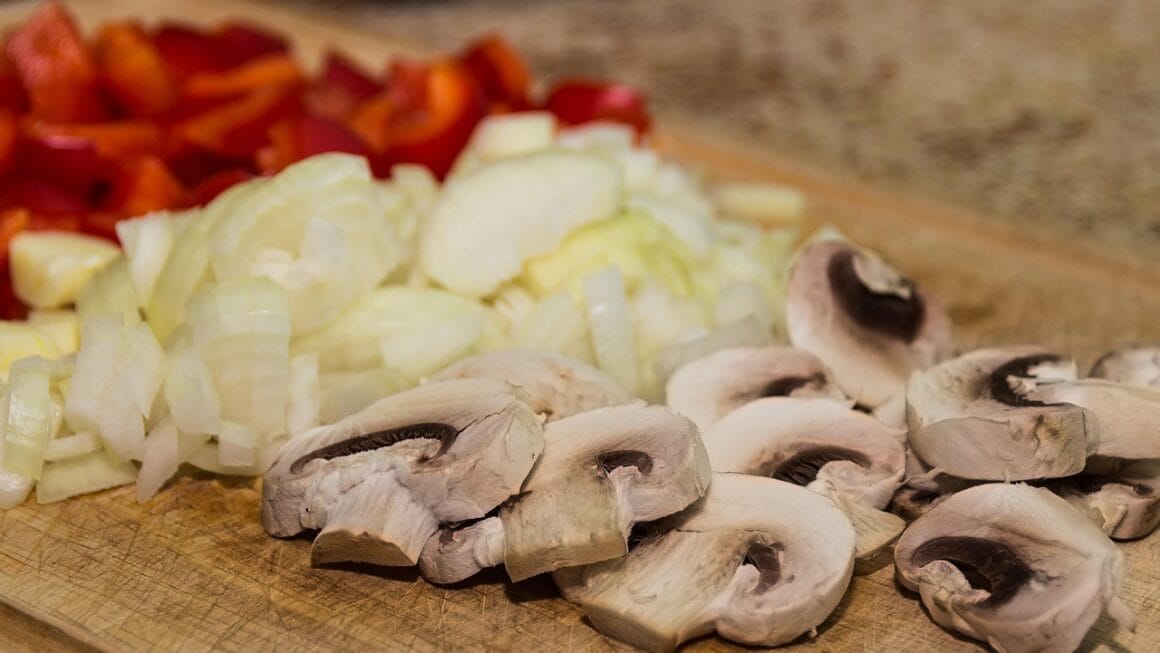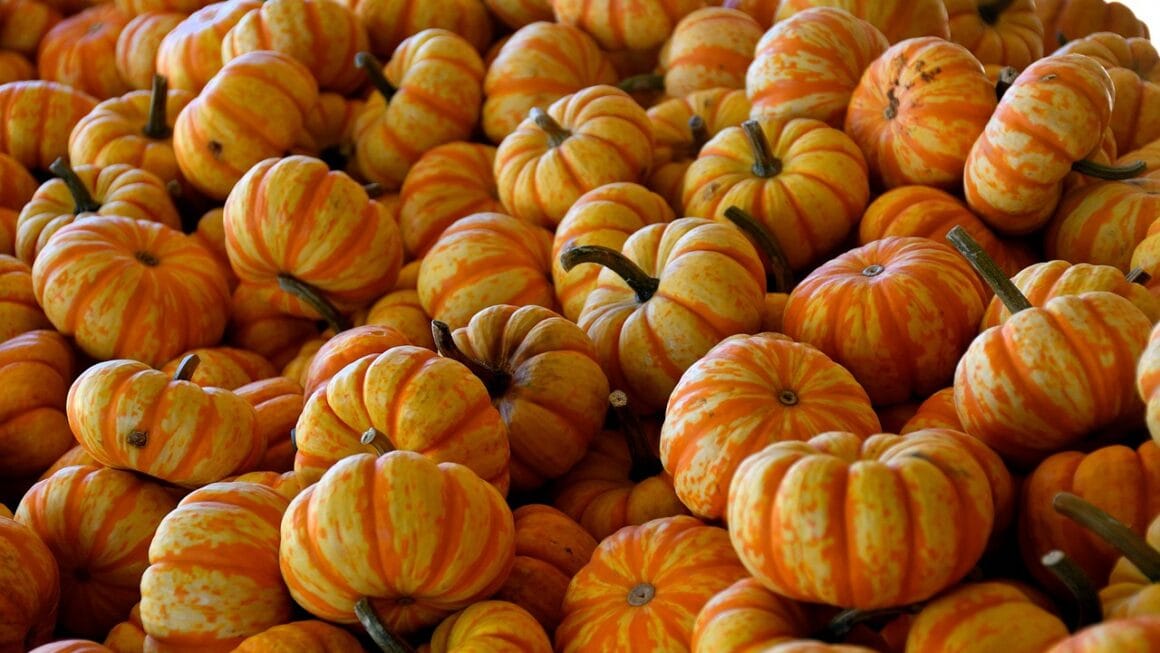Exploring a new city? Ditch the generic tourist traps and dive into the heart of its culinary scene with a local food guide. These carefully curated resources are your passport to authentic flavors, hidden gems, and unforgettable dining experiences. Forget the chain restaurants and discover the neighborhood bistros, farm-to-table eateries, and bustling food markets that truly define a place’s gastronomic identity. This guide will show you how to find the best local food guides and how to use them to your advantage.
Why You Need a Local Food Guide
Local food guides are more than just lists of restaurants; they are a gateway to understanding a culture through its food. They offer insights that generic travel resources simply can’t provide.
Uncovering Hidden Culinary Gems
- Beyond the Tourist Trail: Local guides often highlight smaller, independent restaurants and food stalls that haven’t been overrun by tourists.
- Authenticity Matters: These establishments typically focus on traditional recipes and locally sourced ingredients, giving you a genuine taste of the region. For example, a local food guide to Oaxaca, Mexico, might direct you to a family-run memelas stand instead of a commercialized restaurant serving watered-down versions of regional specialties.
Supporting Local Businesses
- Boost the Local Economy: By patronizing the establishments featured in a local food guide, you’re directly supporting small business owners and farmers in the community.
- Sustainability: Many locally-focused restaurants prioritize sustainable practices and ethical sourcing, so you can feel good about your culinary choices.
Experiencing Cultural Immersion
- Understanding Traditions: Food is inextricably linked to culture. Local food guides often provide background information about the history and significance of certain dishes, allowing you to appreciate them on a deeper level.
- Connecting with Locals: Strike up conversations with chefs, servers, and fellow diners. They can often provide even more insider tips and recommendations.
Example: Austin, Texas Food Guide
Austin, TX has a vibrant food scene and the local guides often highlight the following:
- Food trucks serving everything from Korean BBQ to gourmet grilled cheese.
- Tex-Mex restaurants with secret family recipes passed down for generations.
- BBQ joints with lines out the door, offering mouthwatering smoked meats.
Types of Local Food Guides
Local food guides come in various formats, each with its own strengths and weaknesses. Choosing the right one depends on your preferences and travel style.
Online Guides and Blogs
- Pros: Easily accessible, often free, frequently updated, and interactive (with user reviews and comments).
- Cons: Can be overwhelming with information, prone to bias, and may contain outdated recommendations.
- Examples: Eater, Thrillist, local city magazines, and food blogger websites.
Print Guides and Cookbooks
- Pros: Curated selection of recommendations, often beautifully designed, and can be a great souvenir.
- Cons: Can be outdated, less comprehensive than online resources, and not easily searchable.
- Examples: Local travel guides (like Lonely Planet or Fodor’s), cookbooks focused on regional cuisine.
Social Media Groups and Influencers
- Pros: Real-time recommendations, visual inspiration, and direct interaction with local foodies.
- Cons: Can be unreliable, influenced by sponsorships, and lack critical reviews.
- Examples: Local food-focused Instagram accounts, Facebook groups for food lovers.
Mobile Apps
- Pros: Convenient, searchable, location-based recommendations, and user reviews.
- Cons: Requires internet access, may have limited coverage, and some apps require a subscription.
- Examples: Yelp, Zomato, Google Maps with restaurant reviews.
How to Find the Best Local Food Guides
Finding reliable local food guides requires a bit of research and critical thinking. Here are some tips:
Cross-Reference Information
- Don’t rely on a single source: Compare recommendations from multiple guides and platforms to get a well-rounded perspective.
- Look for consistency: If several sources independently recommend the same restaurant, it’s likely a good sign.
Check for Recent Updates
- Ensure the guide is current: Restaurants close, chefs change, and menus evolve. Make sure the information you’re using is up-to-date.
- Look for publication dates or recent updates: Online guides should ideally be updated within the last few months.
Read Reviews Carefully
- Pay attention to patterns: Look for recurring themes in reviews, both positive and negative.
- Consider the source: Are the reviewers credible? Are they known for their food knowledge and discerning tastes?
Ask Locals for Recommendations
- Talk to hotel staff, bartenders, and shopkeepers: They can often provide valuable insider tips that you won’t find in any guide.
- Join local food tours: These tours are a great way to sample a variety of dishes and learn about the city’s culinary history.
Example: Verifying a Recommendation
Let’s say a blog recommends “Tony’s Taco Truck” as the best in town.
Maximizing Your Food Guide Experience
Once you’ve found a reliable local food guide, it’s time to put it to good use! Here’s how to make the most of your culinary adventure:
Plan Ahead
- Create a shortlist: Based on your food preferences and budget, create a list of restaurants you want to try.
- Check opening hours and reservation policies: Avoid disappointment by verifying that the restaurant is open and whether reservations are required.
Be Adventurous
- Step outside your comfort zone: Try new dishes and flavors that you’ve never experienced before.
- Don’t be afraid to ask questions: Inquire about the ingredients, preparation methods, and history of the food.
Be Respectful
- Support local businesses: Choose to dine at locally-owned establishments rather than chain restaurants.
- Tip generously: Show your appreciation for good service and delicious food.
Share Your Experience
- Leave reviews: Help other travelers by sharing your honest feedback about the restaurants you’ve visited.
- Post photos on social media: Spread the word about the amazing food you’ve discovered.
Example: Using the Guide in Practice
Conclusion
Local food guides are invaluable tools for anyone who wants to truly experience a city through its cuisine. By using these guides strategically, you can uncover hidden gems, support local businesses, and immerse yourself in the culture of the place you’re visiting. So, the next time you travel, ditch the tourist traps and embrace the local flavors! Your taste buds will thank you for it.




